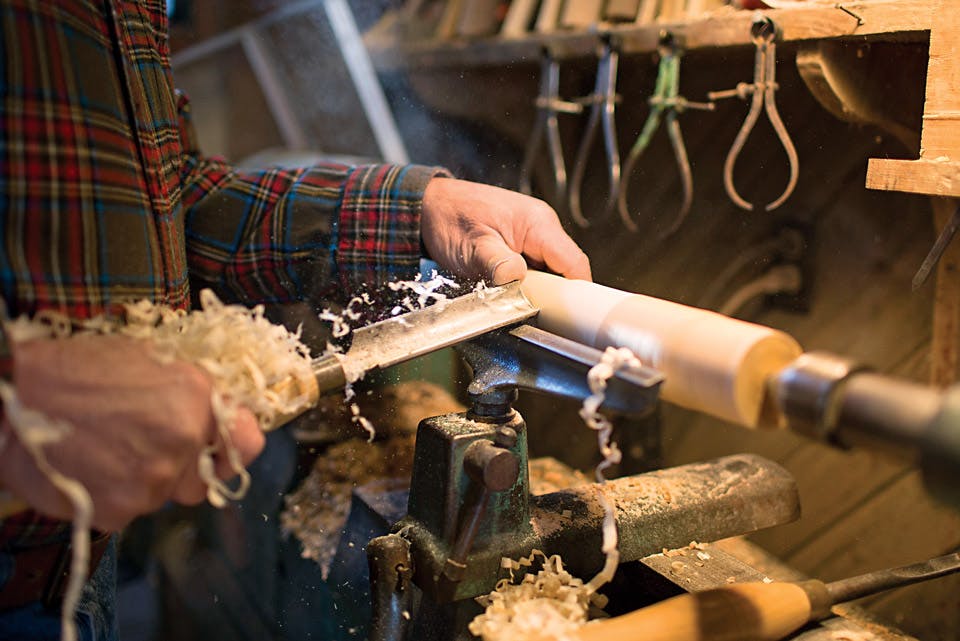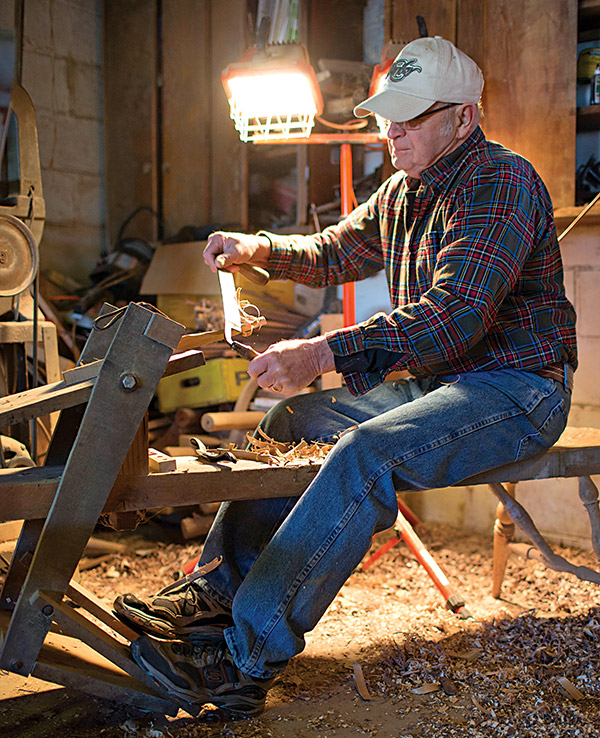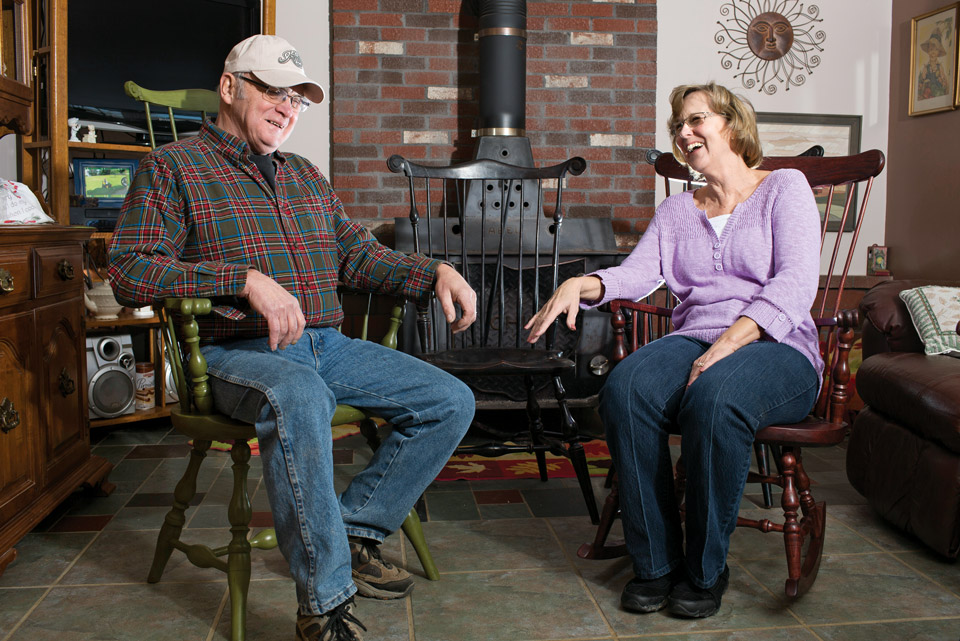Home + Garden
Abel’s Ohio Windsor Chairs, Newark
Windsor chairs date back to early America. Furniture-maker Bob Abel crafts them one at a time at his home workshop.
Related Articles

Haulin’ Hoof Farm Store Creates Whimsical Handmade Buttons
This Athens County store crafts adorable buttons inspired by animals and other elements found in nature and are available for purchase online. READ MORE >>

New Book Details Origins and Evolution of Dayton’s Carillon Historical Park
The destination’s vice president of museum operations Alex Heckman and curator Steve Lucht wrote the 222-page, hardbound coffee-table book. READ MORE >>

See ‘Heartland: The Stories of Ohio Through 250 Objects’ in Lancaster
The Decorative Arts Center of Ohio hosts an artifact-focused exhibition that tells the story of our state through a collection of family keepsakes and iconic inventions. READ MORE >>





